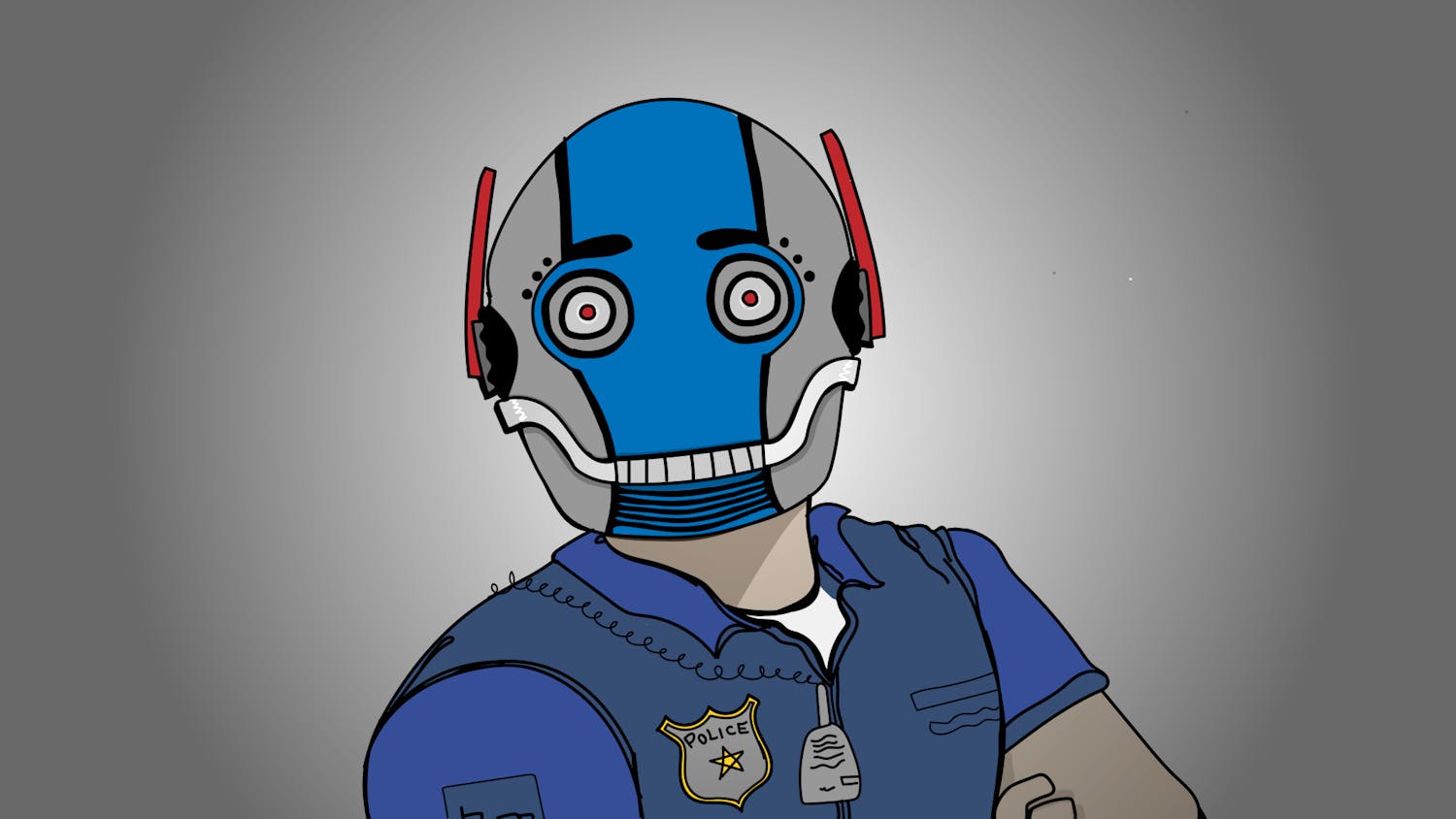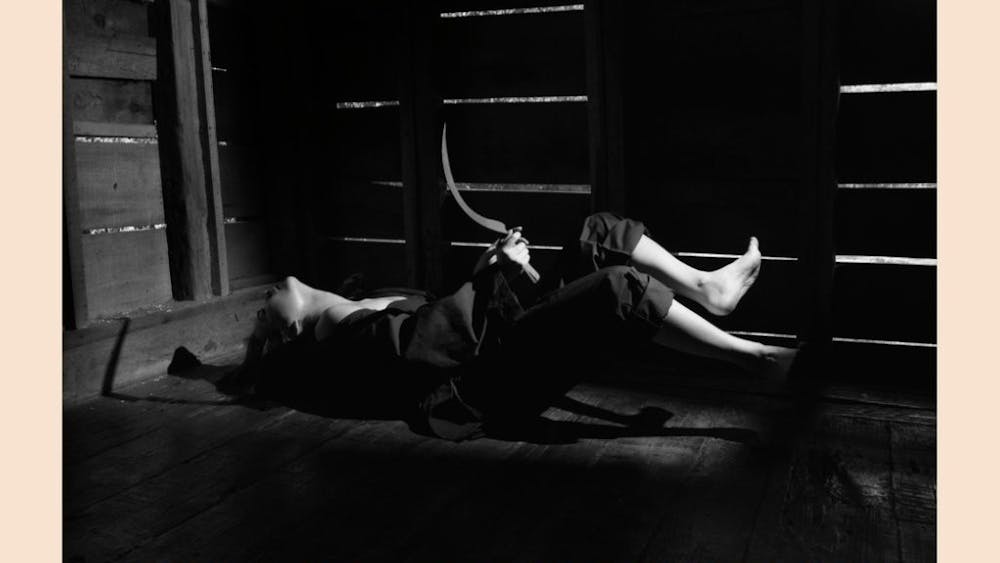It’s a travesty when nine people die each week in Indiana because they can’t afford health care.
Such figures highlight the ostensible flaws of the U.S. health system, a system notoriously known as the most expensive in the world.
Since coming to the States last year, I have paid nearly $2,000 for health care.
This semester, I dug deep into my pocket – $626 – for one semester of medical coverage. God knows what it’ll cost me should I get injured or ill.
Being uninsured in this country puts you at risk of going bankrupt. But with medical insurance premiums costing a fortune, many people opt out of adequate coverage.
Thus, they avoid seeing the doctor at all costs until an emergency occurs.
It’s tragic enough to be stricken with sickness. How much worse it is to be denied treatment because you couldn’t afford it or were ill-informed of your insurance policy.
The problems Americans face regarding health care boil down to the capitalization of the health care system. With profit-driven companies running the system, the poor are marginalized.
Many Americans want a universal health care system that focuses on preventative treatment. Socialization is the best way to get this.
The problem, however, is that many Americans have been ingrained in a culture that has vilified a strong central power.
Strong governance is not necessarily a bad thing if the government is transparent and competent. There is no reason to portray the single-payer system should in derogatory terms.
In Michael Moore’s film, “Sicko,” nationalized health care systems like the U.K.’s and France’s are shown very positively. Moore, nonetheless, exaggerates the effectiveness of these health care systems – France and the United Kingdom are both mired in debt as a result.
The point of a health care system should be to provide medical attention to those who need it. The U.K. and French systems serve this purpose.
A better example of a model to emulate is Singapore’s health care system. It is a two-tier system where private and public health care co-exist.
Singaporeans co-pay a highly-subsidized amount to see government doctors or more for private attention.
The standard treatment Singaporeans receive in public hospitals is top notch because competition from the private health care sector spurs them to keep abreast with the latest medical technology and innovation.
Choice is a luxury for those who can afford it. Otherwise, Singaporeans can still receive quality preventative treatments.
In comparison with the U.S., Singapore’s system is statistically superior.
Life expectancy in the United States is 78 years; in Singapore, it is 82 years. The U.S. infant mortality rate is 6.4 deaths per 1,000 live births; in Singapore, that figure is 2.3 deaths per 1,000.
Despite these figures, Singapore spends only 3.7 percent of its GDP on health care, while the U.S. spends 15.4 percent and has many more physicians, nurses, dentists and pharmacists than Singapore.
Perhaps it’s time for the U.S. to look to the rising economies in Asia for better solutions.
A new plan
Get stories like this in your inbox
Subscribe





